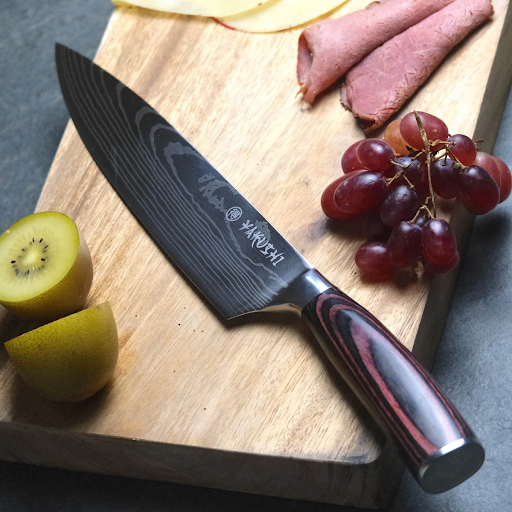When it comes to kitchen knives, Japanese knives are highly regarded for their exceptional craftsmanship, sharpness, and durability. However, choosing the perfect Japanese knife set for your kitchen is not easy when you have plenty of options. From understanding the different types of knives available to considering the quality of the steel and craftsmanship, you need to pay attention to every detail. In this post, we’ll guide you through the key factors to consider when selecting the right set when visiting a Japanese knives shop. You will get the necessary information that will help you make an informed decision when investing in a set of high-quality knives that will last for years.
Tips to Buy a Perfect Japanese Knife Set
Know the Different Types
The first step in choosing the perfect Japanese knife set is to understand the different types of knives available. Japanese knives come in a range of styles, each with its own unique shape and function. These are some of the most common types of Japanese knives:
- Gyuto: A versatile, all-purpose knife that’s great for chopping, slicing, and dicing.
- Santoku: It’s like a Gyuto, but the blade is shorter and broader, making it perfect for slicing and chopping vegetables.
- Deba: A heavy-duty knife used for filleting fish and cutting through tough meats.
- Nakiri: A vegetable knife with a straight, flat edge that’s perfect for chopping and slicing vegetables.
- Sashimi: A long, thin knife used for slicing raw fish and seafood.
Knowing the types of knives available will help you choose the best cooking knife set.
Consider the Steel
The quality of the steel used in Japanese knives is a key factor in their performance and durability. Japanese knives are typically made from high-carbon steel or stainless steel, with each material having its own unique properties. High-carbon steel knives are known for their exceptional sharpness and edge retention. However, they require more maintenance and can be more prone to rust if not properly cared for. Stainless steel knives, on the other hand, are more resistant to rust and require less maintenance. However, they may not be as sharp or retain their edge as well as high-carbon steel knives.
Look for Quality Craftsmanship
Japanese knives are known for their exceptional craftsmanship, with many knives being made by skilled artisans using traditional techniques. Look for knives that have been hand-forged, as these are often of the highest quality. In addition to the forging process, pay attention to the details of the knife’s construction. Look for knives with a full tang, which means that the blade extends all the way through the handle. This provides better balance and stability while cutting.
Consider the Handle
The handle of a knife is just as important as the blade, as it affects the knife’s balance, comfort, and overall performance. Japanese knives typically feature wooden handles, which can vary in shape, size, and material. When choosing the best cooking knife set, consider the handle’s shape and size, as well as the type of wood used. Look for handles that feel comfortable in your hand and provide a good grip.
Think About Your Budget
Japanese knives can range in price from relatively inexpensive to very expensive, depending on the quality of the steel, craftsmanship, and other factors. When choosing a knife set, think about your budget and consider how often you’ll be using the knives. While it may be tempting to go for the cheapest option, investing in a high-quality Japanese knife set can save you money in the long run by lasting longer and performing better.
The Bottom Line
Selecting the perfect knife set for your kitchen is a matter of careful consideration of several factors. At a Japanese knives shop, you can find a wide range of options to suit your cooking style, preferences, and budget. We hope this post has provided you with the knowledge and tools necessary to choose the perfect knife set for your kitchen and elevate your culinary skills to the next level.

